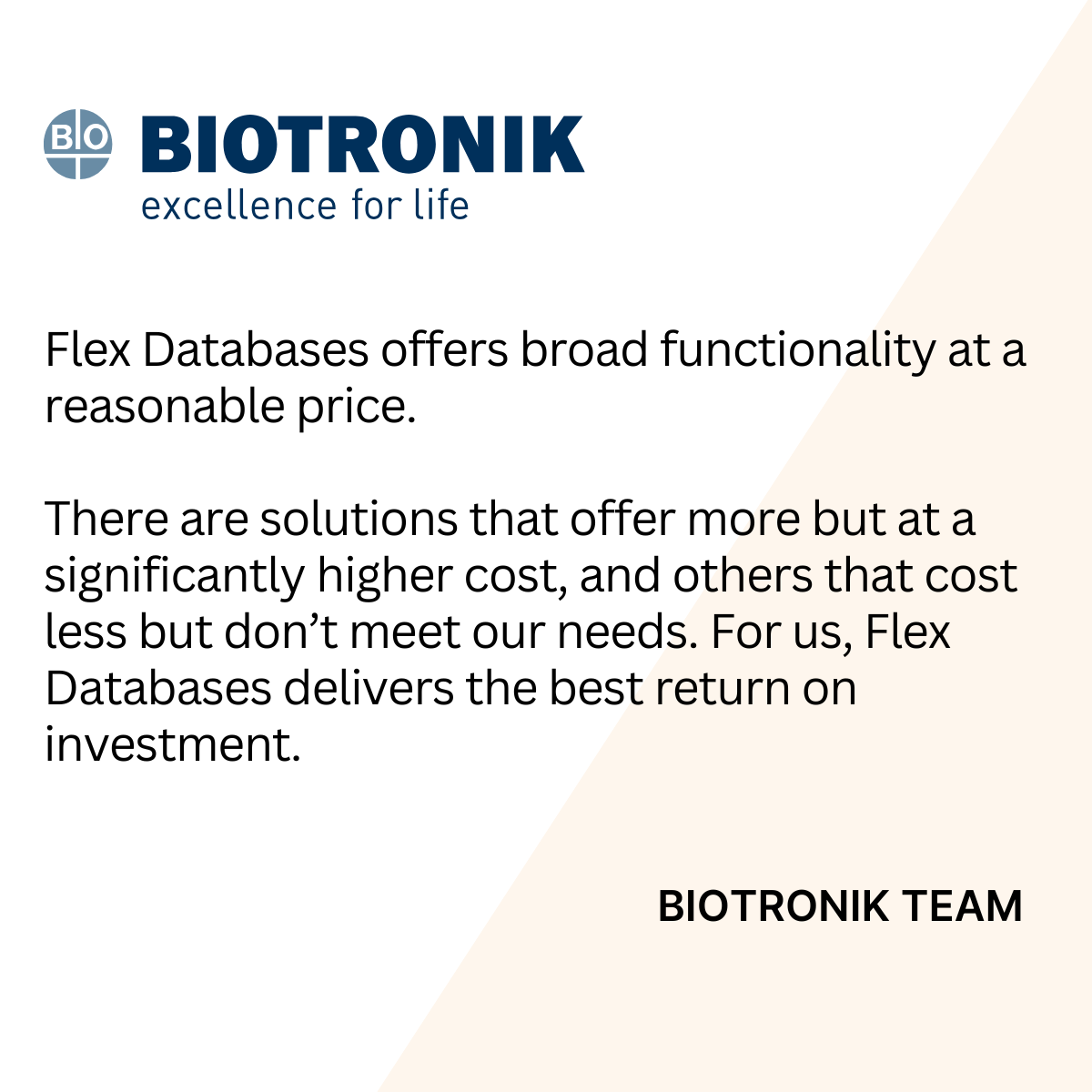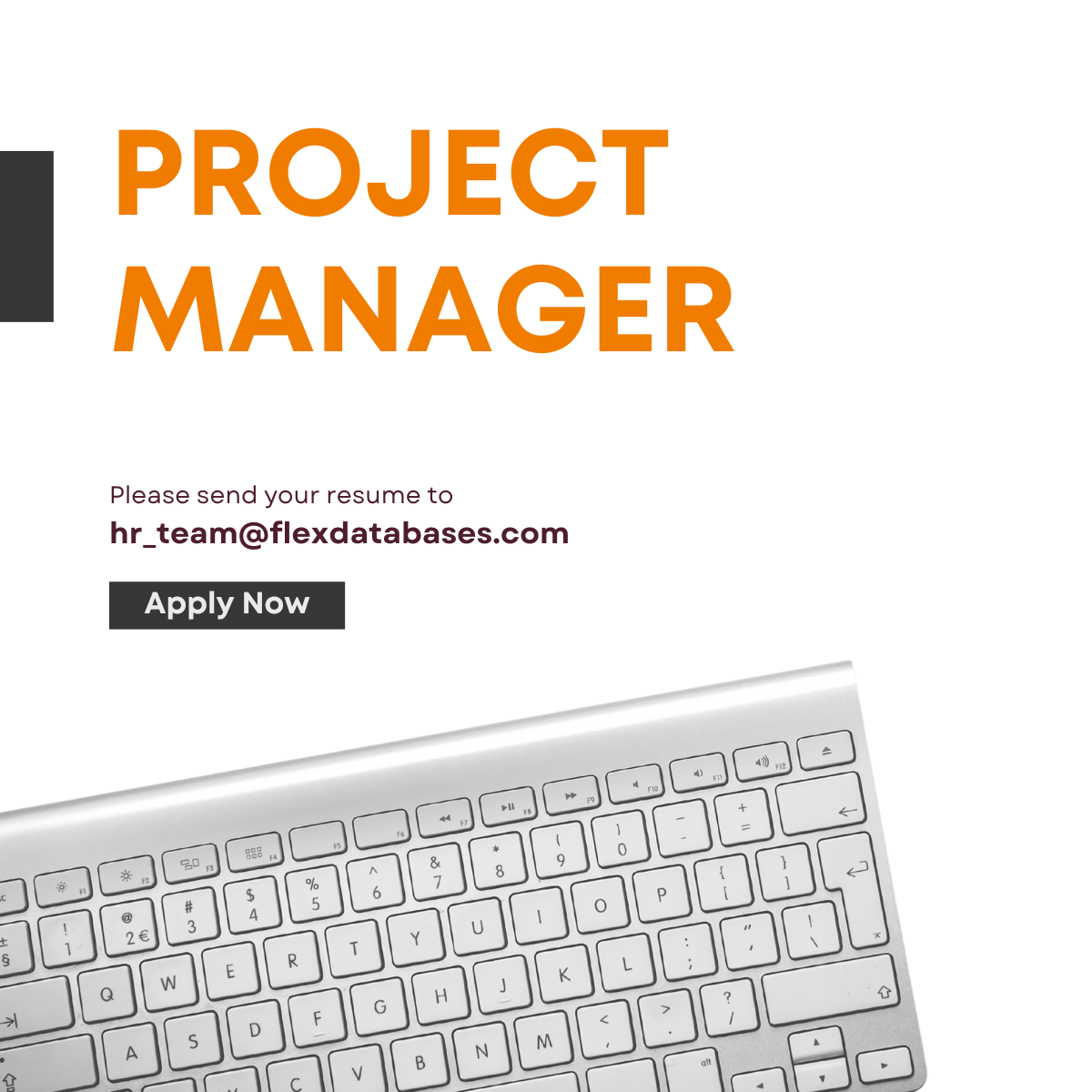How to make sure that an eTMF is compliant to new TMF EMA Guideline?
January 14, 2019
18th December 2018 EMA published a long-awaited “Guideline on the content, management and archiving on the clinical trial master file (paper and/or electronics)”. The release acquired many questions regarding the new reality of TMF, that everyone working in the EU will have to deal with after the document’s effective date 18/06/2019.
How to make sure that an eTMF is compliant to the new TMF EMA Guideline?
Use our checklist(exact quotes from EMA Guideline paper):
- Electronic TMFs should enable appropriate security and reliability, ensuring that no loss, alteration or corruption of data and documents occur
- Access to the TMF should be based on a role and permission description that is defined by the sponsor and/or investigator/institution
- At all times the storage area for the TMF documents (such as paper or electronic media archives and server rooms) should be appropriate to maintain the documents in a manner that they remain complete and legible throughout the trial conduct and the required period of retention and can be made available to the competent authorities of the Member States, upon request
- The eTMF systems should be validated to demonstrate that the functionality is fit for purpose, with formal procedures in place to manage this process
- All staff members involved in the conduct of the trial and using the system should receive appropriate training
- Metadata applied to documents should be formally defined to ensure consistency across all documents
- The TMF including the audit trail (for eTMF) should be archived appropriately to enable supervision after the clinical trial has ended
- After archiving any alteration to the content of the trial master file shall be traceable
We’ve recently finished the re-designing process and now our system is not only functional but simply awesome.
Interested? Request a demo via the button on top of the page or drop us an email to bd@flexdatabases.com



